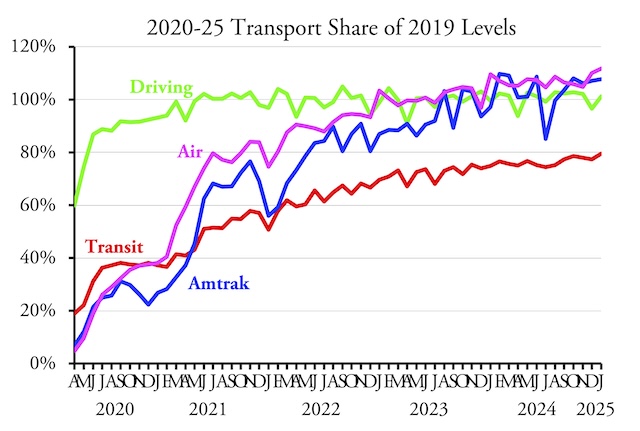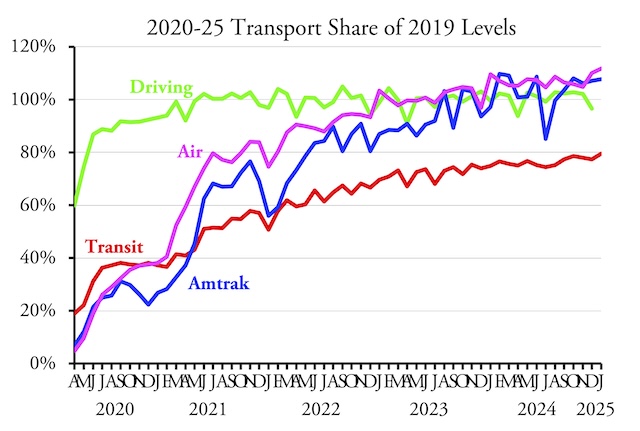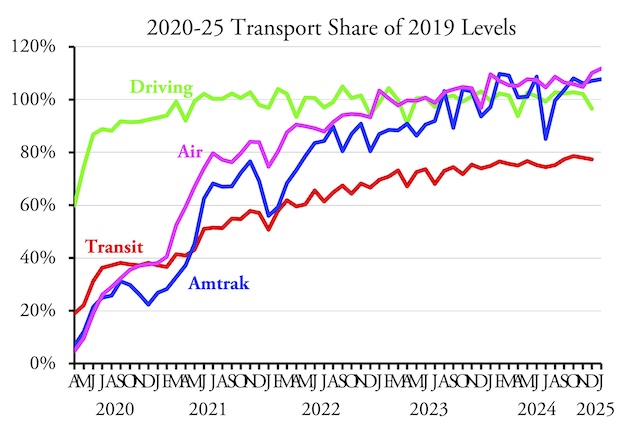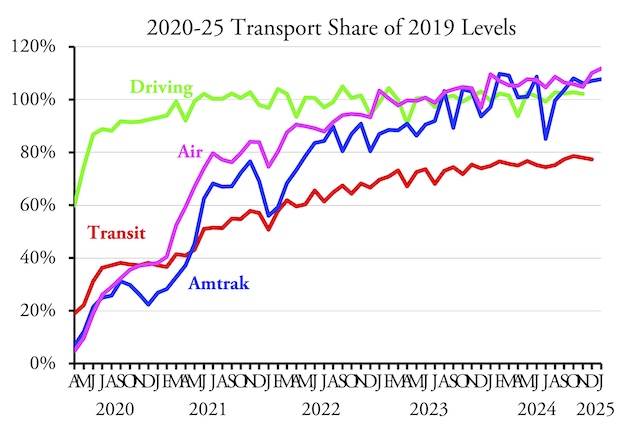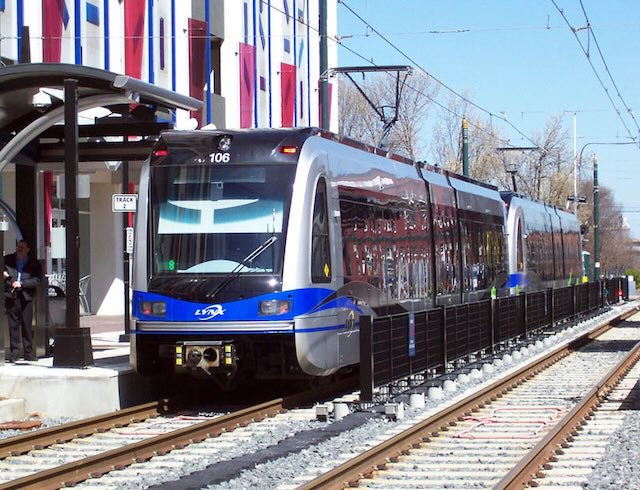The Baltimore Peninsula was supposed to be a $5.5 billion walkable city of residences, shops, and offices built on a former industrial site. Promoters convinced the city of Baltimore to put up well over $600 million in subsidies for the project. Now, most of the construction is done and it looks like one of China’s many ghost cities.
The creator of the above video suggests the project was supposed to be like Dubai but ended up being like a suburban community like Columbia, Maryland. But Columbia is a low-rise city of single-family homes, while Baltimore Peninsula is mostly a mid-rise complex of five- to seven-story condos, offices, and shops. In other words, the epitome of New Urbanism. Continue reading


